Content
The cold climate of many regions of Russia does not allow the cultivation of heat-loving plants. grape varieties. The vine simply will not survive a long winter with severe frosts. For such areas, special frost-resistant grape varieties have been bred that can survive at low temperatures. However, even winter-hardy varieties are divided into two categories:
- Covering. Winter-hardy grape vines can usually withstand frosts ranging from -24 to -27OC. For the winter, bushes in the northern regions have to be covered so as not to be exposed to hypothermia.
- Uncovered. The grapes can withstand frosts from -30OC. There are varieties that do not freeze without shelter even at -45OWITH.
Before choosing which grape varieties are frost-resistant and sweet, you need to pay attention to this indicator.
As for yield, winter-hardy varieties are characterized by abundant fruiting. Here maximum attention is required from the gardener. During the growth and ripening of the bunches, all nutrients are supplied to the berries. If there are too many brushes, the vine does not have time to ripen, and the root system and wood are left without nutrients.Overloading a winter-hardy bush threatens to reduce frost resistance and deteriorate the quality of the fruit, which will lead to the death of the vineyard.
Normalization allows you to avoid overloading a frost-resistant bush. In the spring, vines with frozen buds are trimmed, and during the growing season, excess shoots and brushes are removed.
It should be taken into account that even the most resistant grape varieties to diseases and frosts are at risk in snowless winters. In an uncovered vineyard, the root system freezes. In the spring, the gardener does not need to worry about getting a harvest, but saving the bush. First, the soil around the trunk is fluffed up. The vine is removed from the support, twisted into a ring, laid on the ground, secured with pieces of wire. Winter-hardy grapes are covered with film on top. Under the greenhouse, the vine will come to life and new young roots will grow, but they will be superficial.
Choosing covering and non-covering table grape varieties, take into account a number of important features:
- A winter-hardy variety must be resistant to low temperatures, diseases, and pest damage;
- maximum juice content in berries;
- low level of bunch structure;
- sugar content in pulp is at least 20%;
- maximum saturation of fruits with vitamins and minerals.
All frost-resistant grape varieties 25 and above have a common positive feature - they can withstand harsh winters. Many winter-hardy vineyards can even be grown in Siberia. The big plus is that uncovered grape varieties are ideal for wine and juice due to their rich taste and aroma.
The disadvantage is that it is difficult to care for. No matter how much frost a winter-hardy vineyard endures, some of the young shoots freeze out. Sometimes the superficial root system dies.The clusters and berries of winter-hardy grape varieties are usually small and ugly. Most of the harvest is processed, since the fruits cannot be eaten fresh.
The group of frost-resistant vineyards most often includes technical varieties, but there are also table varieties. The area of application of culture is extensive. So, frost-resistant grapes, a non-covered weaving variety, are planted near the gazebo, and a hedge and arch are arranged. Vine is used to plant garden plots and shade recreation areas. There are even medicinal varieties of uncovered grapes used in folk medicine. The fruits are used in cosmetology for healing masks.
The video talks about frost-resistant varieties:
Review of uncovered winter-hardy varieties
All unsheathed grape varieties have a common feature - the vine overwinters on a support without shelter. The culture is resistant to diseases and is suitable for cultivation in all regions of Russia.
Isabel
The most popular winter-hardy variety, bred since the times of the USSR. The culture prefers a temperate climate, but grows successfully in many regions. An uncovered grape variety is suitable for the Black Earth Region, and is most often in demand by winemakers. The fruits are round in shape, slightly elongated, about 20 mm long. The dark blue skin is covered with a white coating. The pulp is slimy, sour with a tart taste, but is saturated with a pronounced aroma.
Lydia
A good non-covering grape variety for the Krasnodar Territory and other regions with a temperate climate. In the northern regions, the vine is covered for the winter. The round berries become brownish-red when ripe. The fruits are famous for their sharp, pleasant aroma and are ideal for making wine and juice. Harvest ripening occurs after 150 days.
Sharov's riddle
One of the best representatives of frost-resistant grape varieties for Siberia and other cold regions. The vine can withstand temperatures below -30OC. Uncovered early large-fruited grapes ripen 3 months after bud break. The spherical berries are not tightly located on the cluster. The skin is dark blue with a white coating, not sour. The pulp is juicy and sweet. The mass of the brush is about 0.5 kg.
Ontario
A good winter-hardy, uncovered grape variety for the Leningrad region and other cold regions was bred by American breeders. The fruits have an ideal ball shape. The clusters weigh about 250 g. Ripe berries become amber in color. Under the sun, the fruit glows so much that you can see the seed. The pulp is slimy, sour-tart. The value of the fruit is in its sharp, pleasant aroma.
Bianca
A winter-hardy, uncovered grape variety is well suited for the Urals and other regions with a temperate climate. The berries ripen early. In different sources there is another name for the frost-resistant variety - Bianca or Bianco. The clusters grow small, weighing up to 100 g. The berries are small, spherical, but very sweet. The winter-hardy variety is considered technical, since the fruits are usually used for the production of table and fortified wines. Winter-hardy, uncovered grapes are suitable for the Rostov region, since the vine can withstand frosts down to -27OC. If the bush is a little frozen in winter, it will easily recover in the spring.
The video provides a review of Bianca:
Review of covering winter-hardy varieties
Typically, large varieties of frost-resistant grapes are always covered. The vine can withstand temperatures as low as -27OC. Without shelter, bushes are able to grow in warm regions.
Ataman
A fairly frost-resistant grape variety boasts large berries up to 5 cm long. The fruits are oval-shaped, very elongated. The weight of the berry reaches 20 g. Ripe fruits become lilac in color with purple and pink tints. The skin is covered with a silvery-white coating. The taste of the pulp is sweet. Moderate presence of acid is felt. The brushes grow large. The weight of one bunch reaches 1 kg. Taking into account this feature, it is necessary to harvest the crop in a timely manner to prevent overloading of the winter-hardy bush.
The frost-resistant variety was obtained by crossing Rizamat and Talisman. The bunches ripen in about 150 days. Harvesting occurs in mid-September. Before winter shelter, the vine is cut and bent to the ground.
Ilya
Conditionally winter-hardy grapes can withstand frosts down to -24OC. An early frost-resistant variety will delight you with delicious berries in 110 days. The culture was developed by crossing Voskovoy with Kishmish Radiant. The berries grow large and elongated. The color of the fruit is light green. In the sun, the skin takes on a golden hue. The weight of the berry is about 20 g. The skin is thin, almost unnoticeable when chewed. The berry is about 3 cm long, 2.5 cm wide.
The shape of the bunch is cylindrical, often cone-shaped. The mass of the brush reaches 1 kg. The berries are grown for fresh consumption.
Cherry
The early frost-resistant grape varieties with beautiful cherry-like berries are worthily represented. By origin, it is a winter-hardy hybrid obtained from Rizamat and Victoria. The vine can withstand temperatures down to -25OC. Harvest ripening occurs after 110 days.
Bushes of medium height, not spreading. The frost-resistant crop is rarely affected by diseases. The clusters grow weighing up to 0.5 kg. The berries are rounded and elongated, tightly collected in clusters. The diameter of the fruit is about 2.5 cm. Ripe grapes turn red. The skin is strong, thick, but not rough. The pulp is sweet, not slimy, and the taste has the aroma of nutmeg.
In memory of Smolnikov
Frost-resistant grapes can withstand temperatures down to – 24OC. Harvest ripening dates are mid-early. The berries are ready for consumption 120 days after bud break. The frost-resistant bush is decorative. The clusters grow huge, weighing from 1 to 1.7 kg. The berries are yellow-green. The skin can acquire a pink tan. The length of the fruit grows up to 4 cm, and the diameter reaches 2.5 cm. The pulp is sweet, slightly acidic. Sugar contains at least 20%.
Winter-hardy grape bushes are rarely affected by mildew and oidium. The harvest can be transported and stored.
Citron Magaracha
According to its intended purpose, it is considered a technical variety of frost-resistant grapes and is a hybrid. Harvest ripening begins after 130 days. Frost-resistant bushes grow of medium size, the vines are long and not spreading. The weight of one bunch reaches 0.5 kg. The berries are collected tightly. The color of the fruit is light green with a golden tint. The skin is covered with a white coating. One berry weighs approximately 6 g. The taste of the pulp is sweet. The aroma of citrus and nutmeg is felt.The skin is strong, but not thick, and is easy to chew.
The first harvest is most often used to make Muscat wine. Subsequently ripened bunches gain more sugar. They are used to make dessert wines. In autumn, the vine must be pruned and covered, as it cannot withstand frosts below -25OWITH.
Julian
Among the covering varieties, Julian is considered one of the most winter-hardy grapes. The bushes can withstand temperatures down to -25OC. The harvest ripens early: in the south - after 90 days, in the middle zone - after 110 days. According to its intended purpose, it is a frost-resistant table variety. The clusters grow large, weighing from 0.6 to 1 kg. Subject to the conditions of agricultural technology, it is possible to grow brushes weighing about 2 kg.
The berries are cylindrical, highly elongated. The fruits are located freely on the cluster. The shape of the brush is undefined. One berry weighs about 20 g. When ripe, the fruits are partially golden and pink. Overripe berries acquire a lilac color. The taste qualities have made the variety famous. The berry is crispy when bitten and very tender and juicy. The peel is not felt when chewed. The pulp is sweet with a bright nutmeg aroma. Wasps are not able to gnaw through thin skin.
Galahad
Frost-resistant grapes were bred by a domestic breeder. The vine can withstand temperatures as low as -25OC. In terms of ripening time, a winter-hardy crop is considered early. In the southern regions, the harvest is harvested after 95 days. For cold regions, the date of picking berries is delayed up to 115 days. On average, the harvest is ready for harvest from the tenth of August.The crop is rarely affected by gray rot, but is sensitive to powdery mildew, oidium, and mildew.
The clusters grow of medium size with a loose arrangement of berries. The shape of the brush from the side resembles a triangle. The fruits are yellow-green with a golden hue. There is a thin waxy coating on the skin. The fruits are large, elongated, about 3 cm long. The weight of the berry reaches 12 g. The thick skin is practically not felt when chewed. The pulp is sweet, juicy, and not prone to cracking. The crop tolerates transportation well. The berries are consumed fresh or juiced.
Reviews
Concluding the review of frost-resistant covered and uncovered grapes, descriptions of varieties, photos, reviews, it is worth listening to the statements of experienced gardeners.
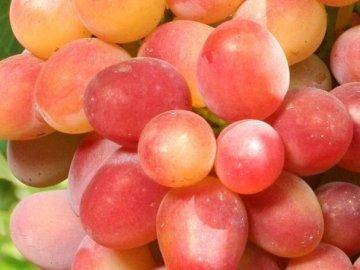
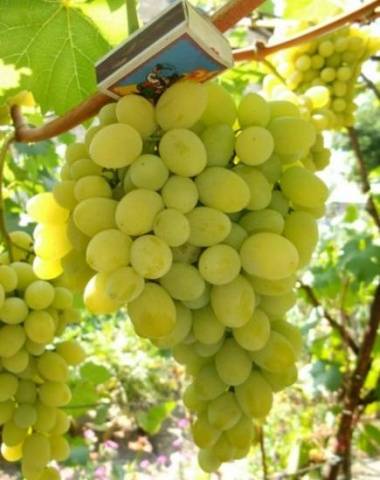
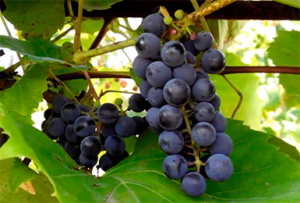
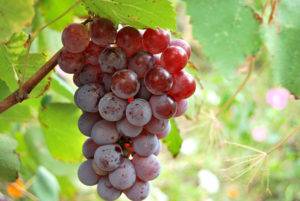
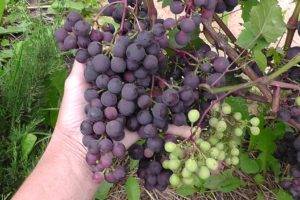
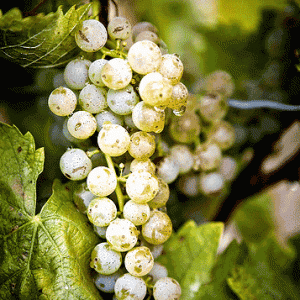
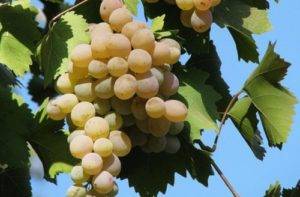
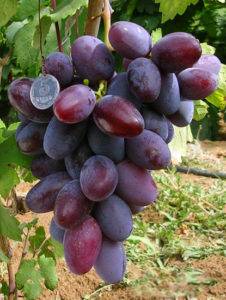
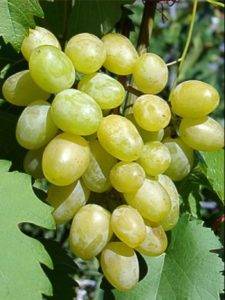
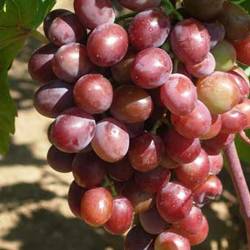
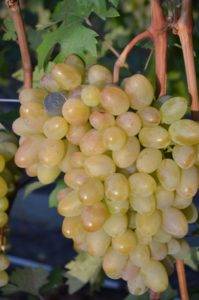
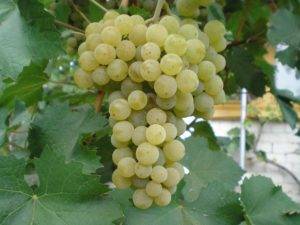
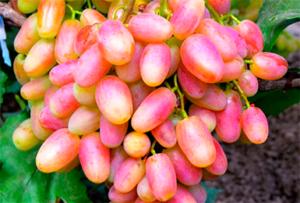
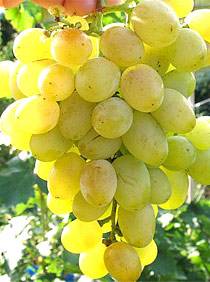
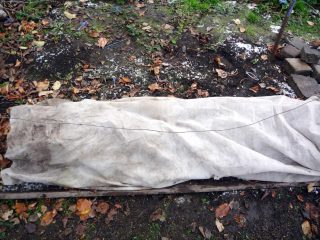
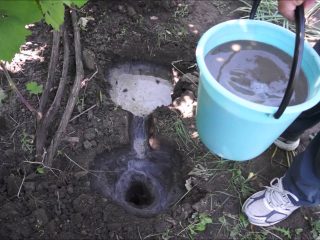
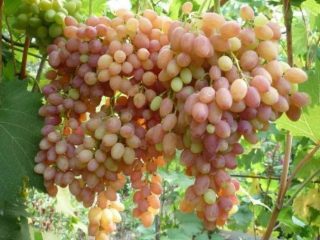
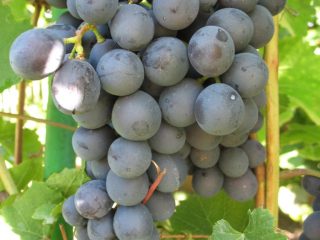

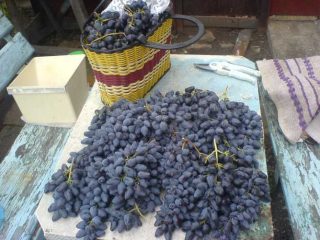
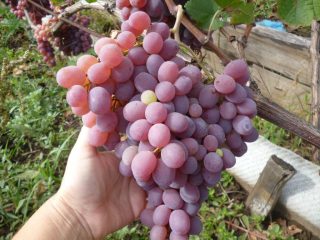
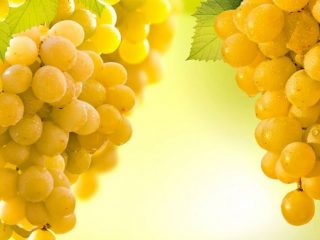
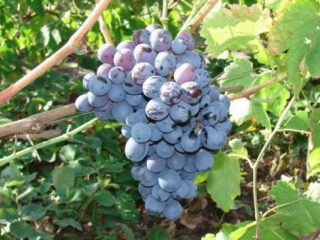
How can winter-hardy varieties be covering plants? How then do they differ from non-winter-hardy ones? The work is the same, you can’t get them to the 4th floor. I had Muromets grapes growing (fruiting) on the 4th floor for 10 years, until nearby trees began to shade it. First the harvest disappeared, then the grape bush itself began to dry out. I was not allowed to cut down the trees; I had to destroy the grapes. And it was good - you go out onto the loggia and pick the fruits. Before Muromets I planted rusmol, the anniversary of the crane - they froze successfully. I live in Lugansk in a multi-storey building.